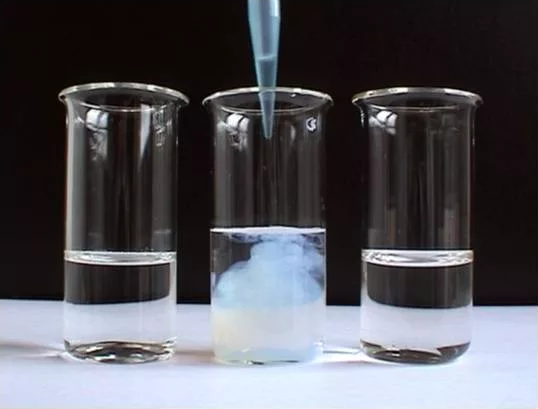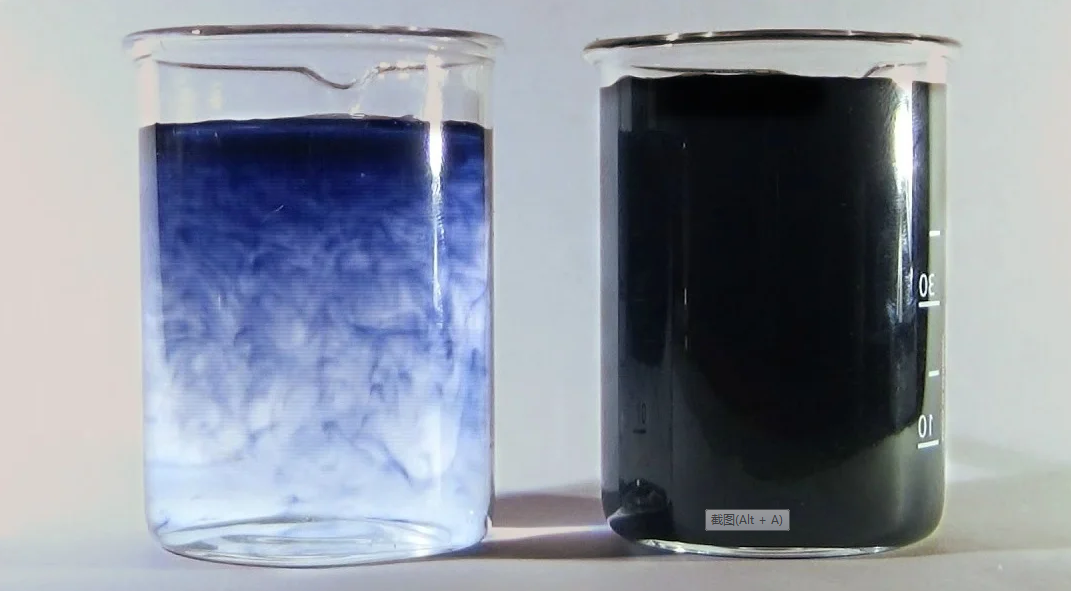To improve the sensitivity and accuracy of the instrument, you can use a special long cuvette. Then use the colorimetric method to measure.

Reagents used in silicate detector
1. Ammonium molybdate solution
Weigh 50g of ammonium molybdate and dissolve it in about 500mL of first-grade reagent water. Take 42 mL of sulfuric acid (relative density 1.84), add it to 300 mL of first-grade reagent water under constant stirring, and cool to room temperature. Add the ammonium molybdate solution to the sulfuric acid solution and dilute to 1L with first-grade reagent water. Store in a polyethylene plastic bottle.
2. Reducing agent
Weigh 1.5 g of 1-amino-2 naphthol-4-sulfonic acid and 7 g of anhydrous sodium sulfite, and dissolve in about 200 mL of first-grade reagent water. Weigh 90 g of sodium bisulfite and dissolve it in 600 mL of first-grade reagent water. After mixing the two liquids, dilute to 1L with first-grade reagent water. If the solution is turbid, it should be filtered before use. Store in a polyethylene plastic bottle in the refrigerator.
3. Tartaric acid solution (100g/L)
Detection steps
Take 100mL of the water sample and pour it into a plastic cup, add 3mL of ammonium molybdate solution, and let it stand for 5min after mixing, add 3mL of tartaric acid solution, and stand for 1min after mixing; add 2mL of reducing agent, and stand for 8min after mixing. Fill the cuvette with the color-developing liquid, turn on the reading switch, and the value displayed on the testing instrument is the silicon content in the water.

Precautions during testing
1. The reagents used in the test should be kept in the drug refrigerator as much as possible.
2. The medicine refrigerator should be far away from the heat source when used and placed, and the distance from the wall is greater than 10cm, and the temperature adjustment cannot be adjusted too low at one time.
3. If the evaporator of the medicine refrigerator has thick frost, just press the defrost button, or if the power is cut for a period of time, the frost will dissolve by itself, and metal or other hard objects cannot be scraped.
4. Check and record the temperature of the refrigerator once a day, defrost if necessary, and clean the refrigerator once a month.
5. The prepared medicine should be marked with the name and the date of preparation.
6. Adding tartaric acid or oxalic acid as a masking agent to the water sample can prevent the interference of phosphate and a small amount of iron ions in the water sample.
7. When the color of the reducing agent solution becomes dark or precipitation occurs, it means that the reducing agent has begun to fail. It needs to be reconstituted when used.



